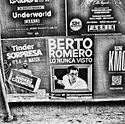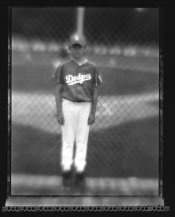Pieter12
Member
Hollywood doesn't buy anything. They rent it all. Many cinematographers will have their own filters and other bits of gear that they know and prefer or even have modified or designed to suit them, but the studios don't really own much equipment. And the rental companies buy what the studios/cinematographers want, quality gear being more in demand than junk.2. Of course Hollywood buys the best. What's a $100 filter in a $2M budget?











 . In the original CP-2 case and box.
. In the original CP-2 case and box.

